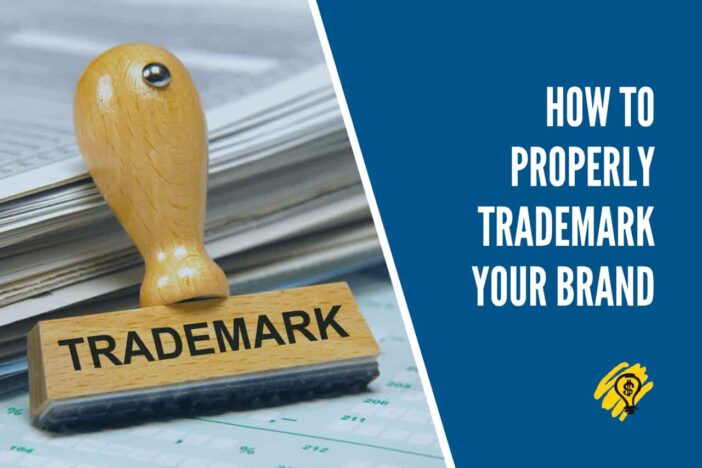Even if to some the name of a particular company doesn’t seem too relevant, it’s actually quite a big deal. It holds power in the business, hence, it’s of huge importance to restore rights and ownership of your brand if you want to remain authentic.
This process is going to help you protect both your brand and name from any form of intellectual property misuse or stealing and will allow your business to thrive. Keep in mind that your brand name is part of the DNA of your company and brand, therefore, applying for registration of the trademark and copyright is crucial.
Now, there are several steps that need to be taken in order to trademark your brand the right way, and today, we will put together a list of things that you should do to successfully go through this process.
Important Steps To Take To Trademark Your Brand
Searching & Applying
First and foremost, you need to check out the federal database to make sure that the name you’ve decided to trademark isn’t already used and secured as a trademark. You can do this properly with the USPTO’s Trademark Electronic Search System.
Remember, that you shouldn’t be searching only for the names that are exactly like yours, but also similar ones. Namely, if the name you’ve picked is too similar to some others, your registration is going to be rejected.
Although all of this may sound easy, it can actually be quite challenging. For instance, Mary Sandwich Factory and Mary’s Sandwich Factory may not be exactly the same, however, they are too similar which means you’re not allowed to utilize and register any of these two.
If you’ve managed to successfully pick the name you want, the next stage is applying. If you’ve never done this before then it would be recommendable to consult intellectual property lawyers because they already know what’s supposed to be done during the preparation and filing of applications for these purposes. Plus, with great legal support, this whole process is going to be streamlined.
Additionally, you can file for a particular name in commercial use, or with a goal to employ it in the future. These are the components that are part of the trademark application:
- Your name and address
- Your citizenship and legal entity
- A name and address for future correspondence
- A drawing of the desired mark (if you only want to apply for the name and you do not wish to add a design element, then just simply enter the name)
- A detailed description of your mark
- A list of products or services covered by your trademark application
- A solid example of the mark in use, along with the date you first utilized it
- A dated signature from either an authorized representative or you
- A certain amount of money for the fee for the number and type of classes added to your application
Filing The Application
When it comes to this, if you’re using Trademark Electronic Application System, then you have two options at your disposal. You can either choose TEAS Standard or TEAS Plus. The Plus one provides users with more cost-effective filing options, however, not everybody is eligible for it.
In order to utilize TEAS Plus, you must first employ a standard description from the Trademark ID manual for your products or services. If you decide to create your own description, then you are obligated to utilize the standard TEAS application.
Additionally, once you file your application, you are going to receive a filing receipt that contains a serial number that you can later use to reference your application. Furthermore, filing an application by utilizing USPTO sends the application directly to the government patent lawyer for review.
Once the application is being reviewed by the advocate, you are going to receive a letter that is also known as an office action. Now, bear in mind that this only happens if there are some issues with your application.
Normally, you will have approximately six months to respond to the problems that have been noted. If you do not do this in this period of time, your application filing is going to expire. On the other hand, if everything is fine with your application, the USPTO is going to publish your trademark in an online journal.
They are doing this in case somebody decides to oppose it. This usually takes around three months and if there isn’t any opposition then your trademark is going to be registered.
Based on the facts that were written here, it’s easy to conclude that trademarking your brand is a bit of an exhausting process, that requires lots of patience and dedication, however, with these tips, it can be executed successfully.





